Make Healthy Choices Easy
– and they’ll come naturally
Did you know you can apply small tweaks to your daily routine to alter your behaviour, so you automatically choose healthy options over unhealthy ones? The technique is called ‘nudging’ and is widely used by supermarkets and authorities to influence our behaviour. Find out how to nudge yourself in a healthier direction.
It’s a no-brainer making healthy choices most of the time – if you sideline the unhealthy ones.
Don’t forget to go for a run tonight! Eat six portions of coarse greens today! If wagging your finger at yourself isn’t having the desired effect, maybe you should try ‘nudging’ yourself into your running shoes and veg basket instead. In other words, learn to gently steer yourself into choosing the right thing to do without really thinking about it. In simple terms, nudging is about trying to push our choices and behaviour in a certain direction, through small, subtle nudges that catch our attention, rather than coercion and finger-wagging.
Our everyday lives are full of choices, most of which we make almost automatically as a matter of routine. It’s these subconscious habits that nudging tries to push in a better direction. One of the most famous nudges comes from Amsterdam’s public toilets, where they stuck stickers of a fly at the bottom of the men’s urinals. This increased the men’s awareness when peeing and improved their accuracy by around 80 percent. “Don’t pee on the floor” probably wouldn’t have been anywhere near as effective.
Nudging is everywhere
You’re exposed to nudging many times throughout the day – probably without even realizing it. In particular, supermarkets have been employing nudging and behavioural psychology for years. This is why, for example, grocery shops often place product brands they want you to buy at eye level, while alternatives are placed on the bottom shelves or only allowed to fill a single row. All because we tend to buy what we see first.
Similarly, nudging can be used to make more healthy choices. One 2018 study revealed that supermarkets reduced sales of chocolate, sweets and crisps by 76 percent – simply by removing them from the checkout.
It’s also possible to nudge people using positive action. In 2011, two New York elementary schools redesigned their school menus to try to encourage more healthy eating using visual cues, such as displaying fruit in tempting bowls and giving vegetables more appealing names, like Celery Swords and Krazy Kale. The trial reported that schoolkids increased their consumption of both fruit (18%) and veg (25%) as a result.
You may also encounter nudging at work. Your workplace canteen may try to encourage healthier eating by providing fruit baskets, or it might switch to smaller plates to nudge you and your colleagues into reducing your portion sizes.
Traffic and waste
Authorities are also keen proponents of nudging. Take traffic speeds, for example, where electronic signs measure the speed of oncoming vehicles, then display coloured smileys to nudge us when necessary with a sad red face to reduce our speed to below the speed limit, at which point the face turns green, with a smile. Another example is waste, where the UK’s Bin it for Good campaign encourages people to dispose of rubbish in bins by attaching signs that promise to donate to charity in return.
Nudging works for many of us because it reminds us what we really want to do. Nobody (presumably!) wants to pee on the floor or little the street, so we’re prompted to do the right thing. Especially if it’s also easy for us.
Similarly, you can use these principles to nudge yourself in a healthier direction – if you want to, of course! It’s all about making the healthy choice the easy choice. Find out how on the following lines below.
38 tips to nudge you to eat healthy and exercise more.
Nudge your way to BETTER EATING HABITS
Eat more of What’s healthy
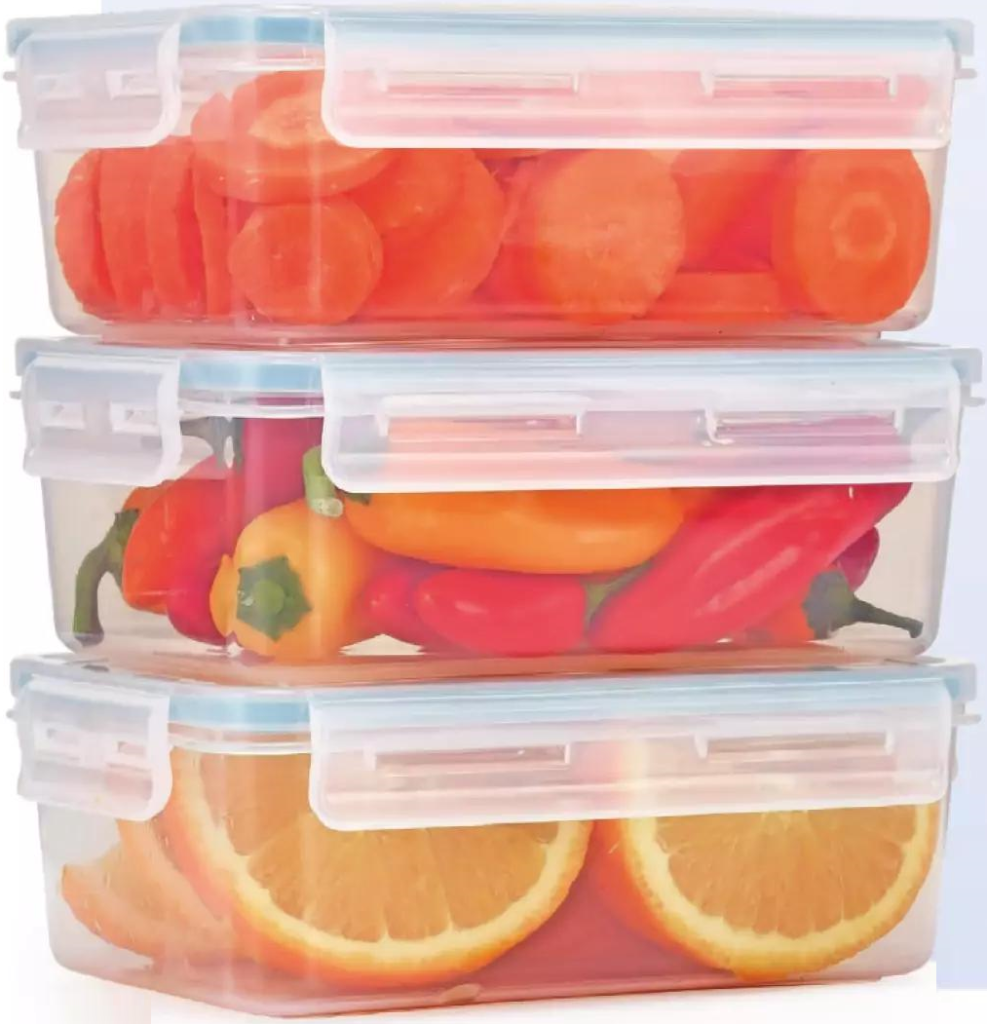
Reserve the eye-level fridge shelf for fruit and veg and healthy leftovers. What you see first is often what you choose to eat.
Put the healthy stuff at the front of the fridge and kitchen cupboard. Let the mackerel hide the salami and give the wholemeal crispbread the VIP spot on the shelf at the expense of the Nutella.
Place vegetable sticks strategically, where you and your family most often pass by. This will entice more of you to grab a piece in passing.
Buy pre-cut vegetables. This makes it super-easy to serve a salad or a stir-fry with lots of healthy stuff. If you’re forced to rinse, peel, chop and dice first, there’s a good chance you’ll skip the greens.
Use see-through storage. Store healthy leftovers in clear tubs and freezer bags so they’re easy to spot.
Eat less of the unhealthy stuff
Don’t refrigerate soft drinks. They taste best cold, so if you only have lukewarm colas, you’re more likely to skip them. Also, buy the small bottles or cans rather than the large one-and-a-half litre bottles that can easily tempt you into drinking another glass.
Hide the leftovers. If you have leftovers from dessert or that fattening pasta dish, hide them away in coloured boxes so they don’t tempt you every time you open the fridge.
Serve dessert on red. Studies show that we associate the colours red and pink with sweetness. And the same goes for round shapes. So, colours and shapes can make you perceive a sweet food as even sweeter. In other words, if you want to satisfy your sweet tooth faster, try serving up dessert on a round, red plate. Clever!
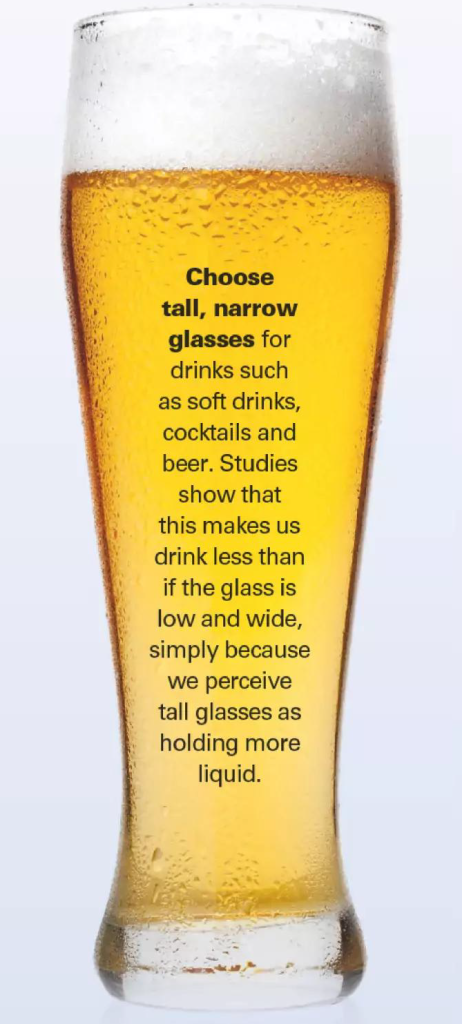

Store goodies out of reach. For example, place sweets, crisps, cakes and so on in a spot so high you need a stool to reach them. Better yet, hide them out of the way in the basement, utility room, shed or attic. It’s also helpful to store sweets in a box with a clickable lid that makes noise every time you open it.
3 Tips for those with a SWEET TOOTH
- Choose sweets with paper, such as caramels. The pile of sweet wrappers helps you track how many you’ve eaten, which makes most of us hold back a little.

- Avoid mixed sweets. If you’re given a bag of mixed sweets, studies show that you eat more than if you’re left with a single type.
- Keep the sweet bowl beyond arm’s length so you have to stand up every time you want one. Studies show that you eat a lot more sweets if you can easily reach the bowl.
Avoid Overeating
Leave the pots in the kitchen. Once you leftovers are out of sight, you won’t be tempted to grab a second helping. However, feel free to bring the vegetables to the dining table.
Eat off small plates. Also, choose small bowls for sweets and crisps. No matter the size, we always tend to fill our plate – and empty it. Therefore, the nudge of eating from a smaller plate works – at least if you can hold off taking a second portion.
Serve food with spoons. Put tablespoons in the brown sauce and bowl of oven chips – apparently, there are limits to how many spoonfuls we want to scoop on to our plate. On the other hand, you can safely place the largest spoon in the house into the salad bowl.
Make mini meals. Better to divide mince into many smaller patties than fewer larger ones. Studies show that we eat more when the burgers are large. Similarly, cut roasts or chicken breasts into thin slices and cake into smaller squares.
Don’t remove your food waste. If waste like chicken wing bones remains in view while you eat, you’ll get a reminder of how much you’ve eaten, which can in itself be enough to make you stop just before you’re stuffed.

Put on slow music. A study shows that playing slow music with food makes us slow down. Feeling full takes time to materialize, so when you eat slowly, it’s easier to feel satisfied by eating less.
Nudge yourself to BE MORE ACTIVE
At Home
Leave small sticky notes for yourself that nudge you to a little extra daily exercise.
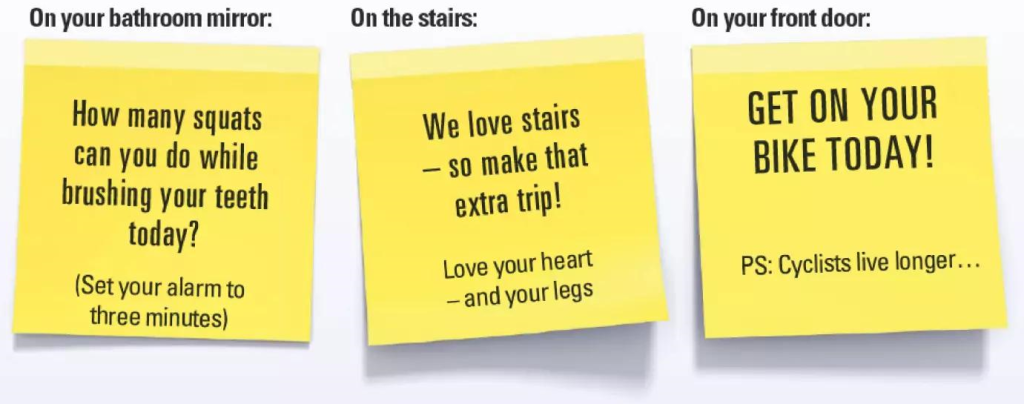
Keep your exercise equipment on display, such as a mat in the living room, skipping rope by the front door, Pilates ball by the dining table, and so on. When you’re always on the average of tripping over it, it’s easy to be tempted to grab a quick workout.
Make a dance playlist. Play it while cooking and cleaning, and you won’t be able to stop swaying your hips while you work.
Place the remote control far away from your sofa. Then you’ll force yourself to get up every time the ads, cheesy pop, Midsomer Murders- or whatever else you can’t stand watching – comes on . . .
Place your workout gear next to your bed, at least on weekends. It’s the easiest thing to jump into. And once it’s on, the likelihood of you actually getting some exercise increases dramatically. Go on, try it!
Make a five-minute appointment. Maybe you’re tired or not in the mood to go for a walk or run. Accept defeat, but only if – in return – you go outside for just five minutes. Getting out the door is usually the hardest part. Once you get outside, those five minutes will probably turn into more healthy, active minutes.
Give your mobile phone a permanent place in your home, so you need to get up every time you receive a message or need to check something. That’s a lot of steps for most.
Ditch the bike shed. If you live in a block of flats, you might keep your bike in locked storage. It’s often a hassle to get your bike up and down the stairs, so it can be tempting to opt for the car or public transport. Instead, park your bike close to your front door and lock it securely with a pair of sturdy chains.
At work
Place a balance board under your desk. This will encourage you to stand up – and get on the board to improve your balance and strengthen your ankles.
Place an exercise ball next to your chair. It’s great to sit on, so you’ll definitely be tempted to use it, and without realizing it, you’re actually exercising a lot of muscles just keeping your balance.
Raise your desk. If you work at a desk, it’s recommended that you stand up for at least five minutes every hour. This can be hard to remember, so set your mobile phone to give you little reminders and get into the habit of adjusting your desk every time you leave for a meeting, go to lunch or go home. That’s because when you return to your seat, the raised desk encourages you to continue to stand while you work.
Keep an exercise band on your desk. It’s great for preventing tension in your neck and shoulders.
Wear training gear when you go home. Because then it’s almost too silly not to exercise – just a little . . . Walk or run home, maybe just part of the way, or go straight to the gym. Once you get home, the couch often beckons, and the piles of laundry, weeds in front of the house or your hungry family can make it hard to get going.

Get an activity tracker and compete with your colleagues to see who can walk the most steps during the day.
5 ways to get more steps on the job
- Use the company’s most remote printer and retrieve printouts every time you hit Print.
- Swap your water bottle for a small water glass (but still remember to stay hydrated) – and get your coffee from the machine furthest from your desk.
- Discard your bin and use your colleague’s so you have to get up every time you need to dispose of some rubbish. Alternatively, place your bin in the far corner of the office.
- Be the person who volunteers to pick up paper for the photocopier when it runs out, goes down to the recycling bin or gets milk for the coffee.
- Take a detour to and from the canteen or have a walking lunch.
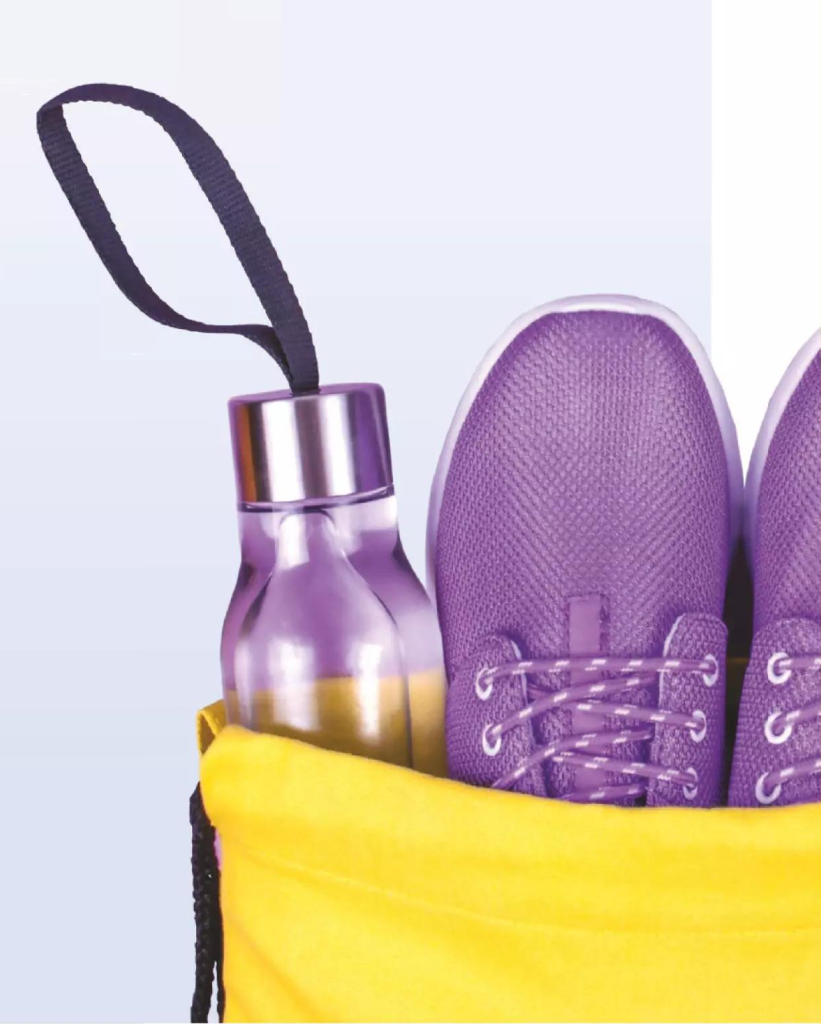





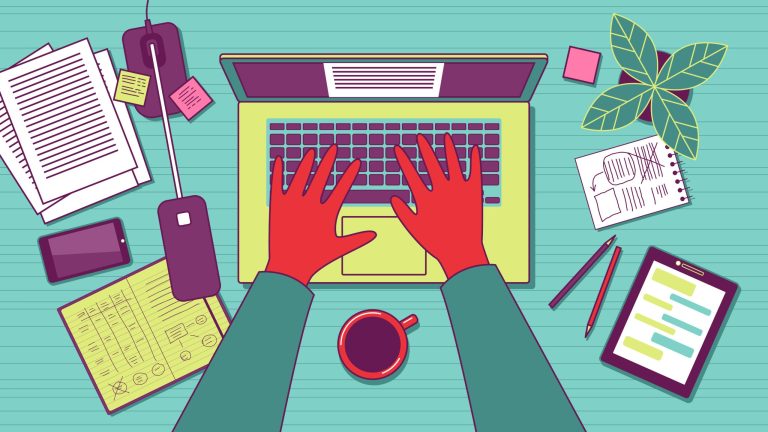

You must be logged in to post a comment.